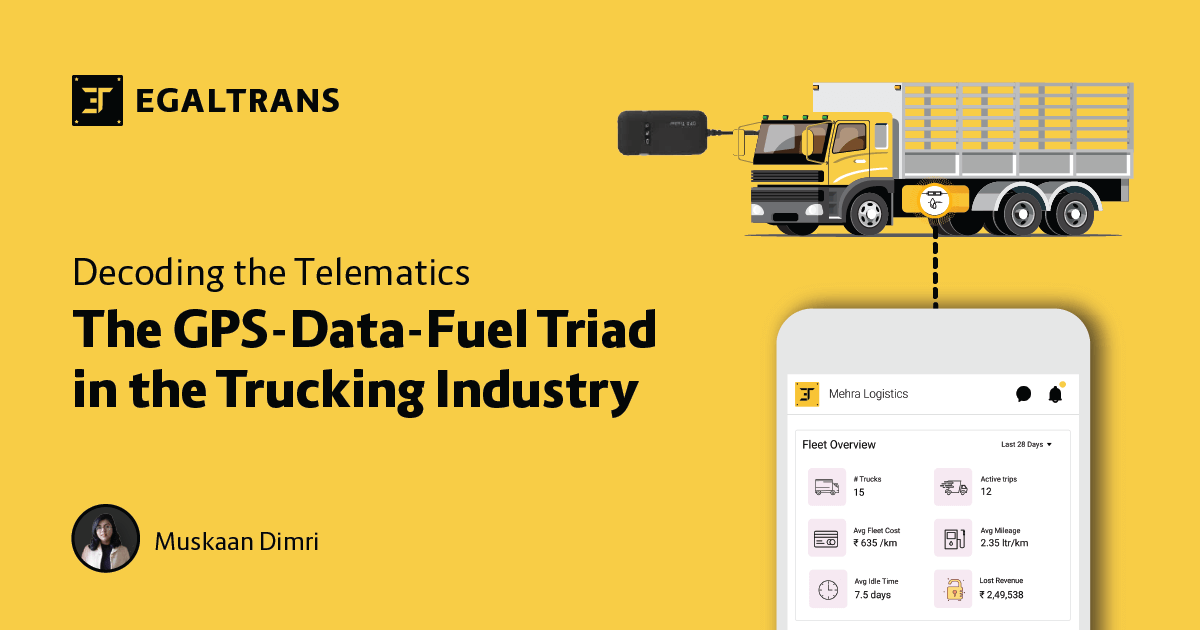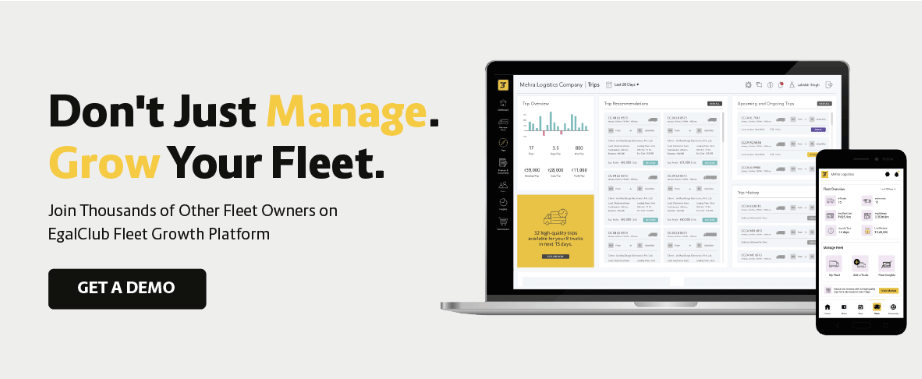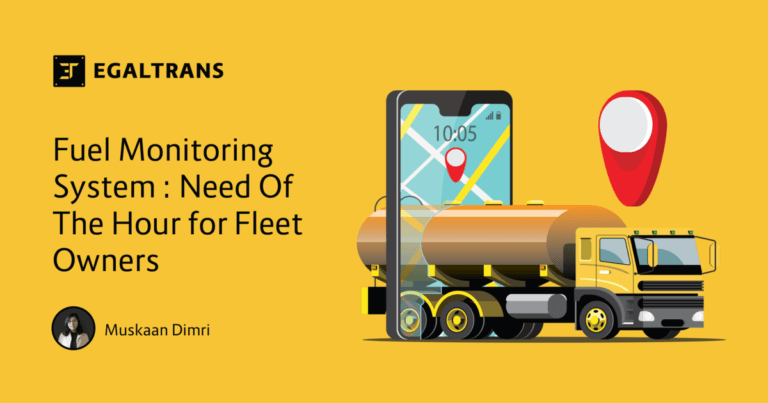In the modern trucking industry, telematics stands out as an indispensable tool for fleet managers. Telematics is the blending of telecommunications and informatics to deliver services, primarily in vehicles. It uses wireless devices and “black box” technologies to send data in real-time. This technology aids businesses in monitoring vehicle movements, optimizing routes, and improving driver behavior.
At its core, the world of telematics revolves around the GPS-Data-Fuel Triad, a three-pronged approach to monitoring and managing commercial vehicles. Here’s a breakdown of this critical triad and its impact on today’s trucking operations.
1. GPS – The Eyes on the Road
The Global Positioning System (GPS) has revolutionized the way we navigate and keep track of vehicles. It offers real-time location tracking, which is vital for several reasons:
- Route Optimization: By continually updating the location, GPS helps drivers find the most efficient route, saving time and reducing fuel consumption.
- Theft Prevention: Should a truck be stolen, GPS allows for its immediate location, aiding in quicker recovery.
- Safety: Knowing the exact position of every truck helps in dispatching assistance promptly in case of emergencies.
2. Data – The Pulse of Operations
With the advent of advanced sensors and on-board diagnostics, trucks have turned into data-generating machines. Here’s how data contributes to the triad:
- Vehicle Health Monitoring: Sensors can pick up anything amiss, from tire pressure to engine temperature, allowing for timely interventions.
- Driver Behaviour: By analyzing data on acceleration, braking, and cornering, fleet managers can gauge driver safety and offer training where necessary.
- Operational Efficiency: Data-driven insights help managers decide on everything from optimal routes to the best time for vehicle maintenance.
3. Fuel – The Lifeblood of Trucks
The third and arguably most crucial leg of the triad is fuel monitoring. Here’s why it matters:
- Cost Efficiency: Fuel is one of the most significant expenses in the trucking industry. Monitoring consumption patterns can highlight areas for savings.
- Eco-Friendly Operations: By keeping tabs on fuel consumption, companies can reduce their carbon footprint, aligning with global environmental goals.
- Predictive Maintenance: Sudden changes in fuel efficiency can hint at underlying mechanical issues. Early detection can prevent more significant problems down the road.The Symbiotic Relationship
The Symbiotic Relationship among Various Telematics Components
It’s essential to understand that while each element of the triad is powerful on its own, their real strength lies in their interplay. For instance, the combination of GPS tracking and fuel consumption data can offer insights into how different routes or terrains affect fuel efficiency. This can be done by correlating driver behavior data with fuel consumption can highlight how driving practices directly impact fuel costs.
As technology continues to advance, so too will the capabilities of the GPS-Data-Fuel Triad.
- Integration with AI: Future telematics systems will likely incorporate artificial intelligence to predict issues, optimize routes, and even suggest fuel-saving driving techniques in real-time.
- Enhanced Connectivity: The advent of 5G and other high-speed communication technologies will allow for more frequent and detailed data transmission, offering even finer control over operations.
The GPS-Data-Fuel Triad isn’t just a set of tools; it’s a holistic approach to focus on efficiency, safety, and sustainability. As we look to the future, it’s clear that this triad will continue to be the backbone of the industry and reinvent fleet management. It will help in guiding it towards more profitable and environmentally friendly horizons.






